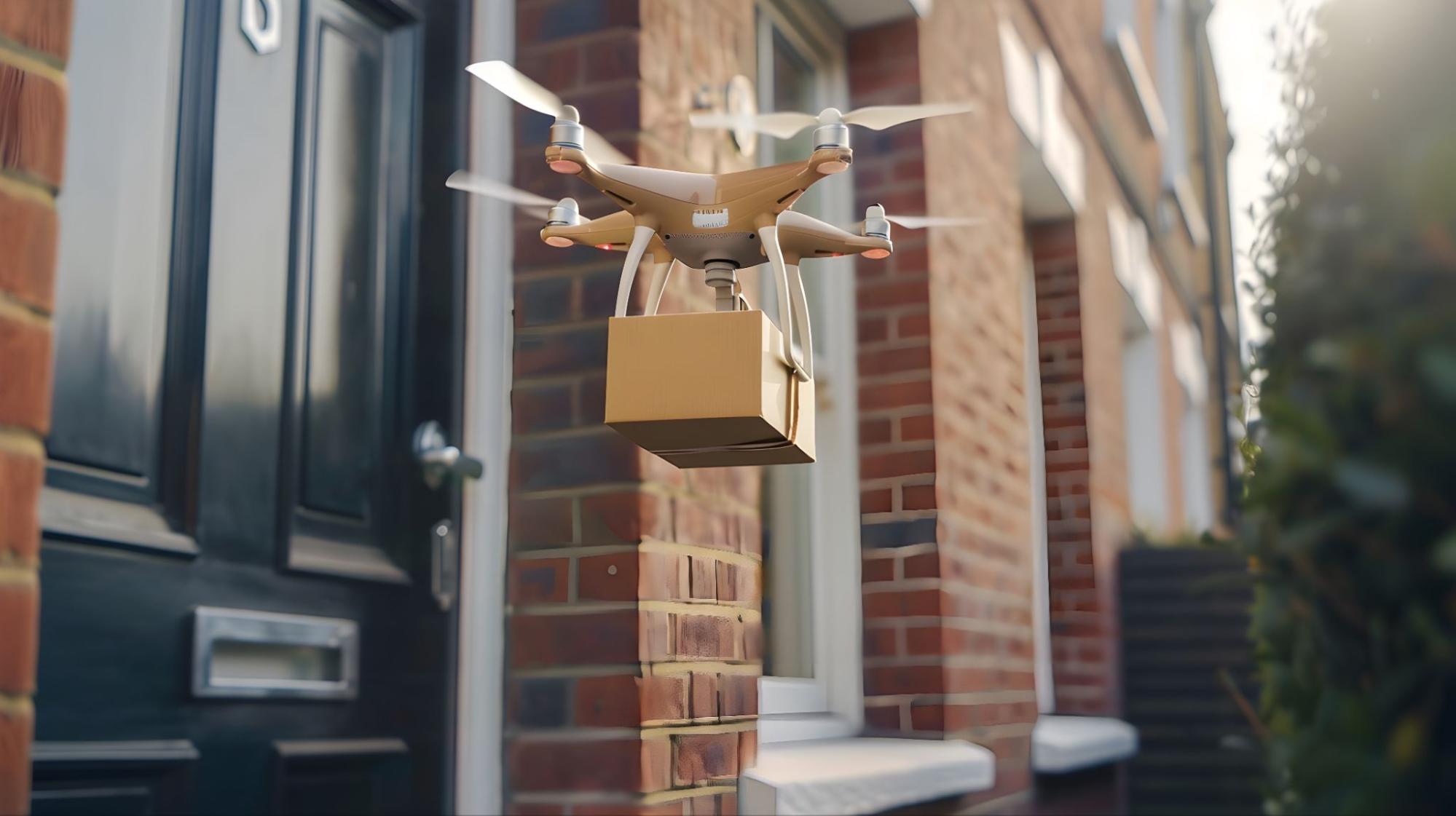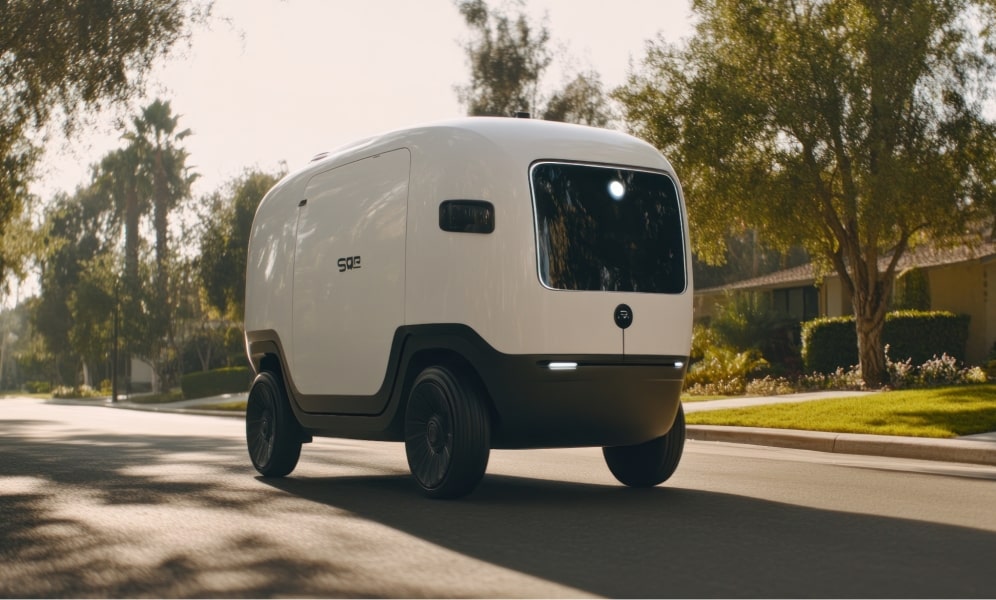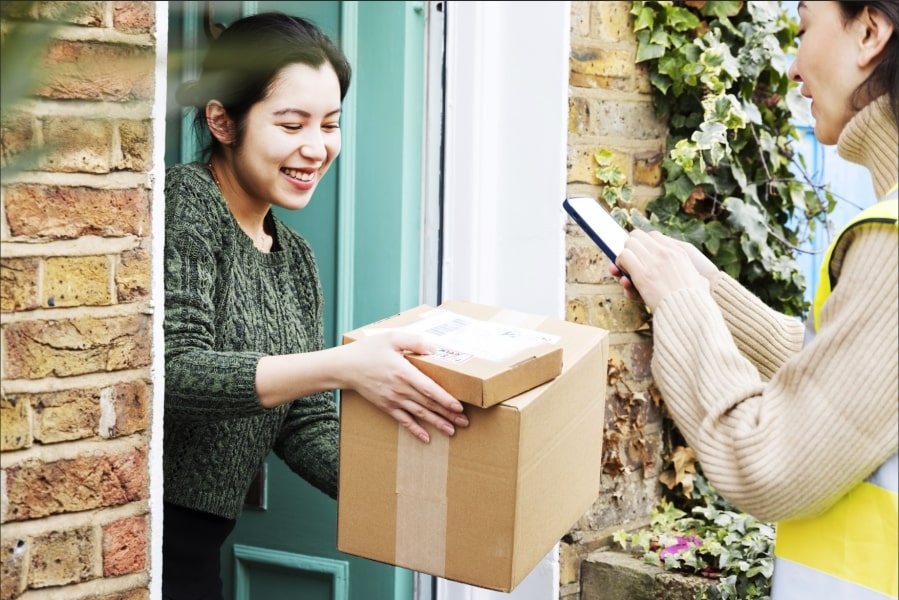Future of the e-commerce experience in Europe: Trends in 2025 and beyond
Written by
Editorial TeamPublished on
Step into the future of European e-commerce, where innovation meets convenience—think drone deliveries, underground logistics, and hyper-personalized last-mile solutions. Discover expert insights from Zalando’s Christian Bierwirth and explore the game-changing trends set to redefine how consumers shop in 2025 and beyond. (Ad)

Commercial collaboration
Embracing innovations in making European e-commerce more convenient
From drone deliveries to the use of autonomous vehicles, the future of e-commerce logistics will centre on being flexible to meet consumer needs while focusing on sustainability. It has evolved from simply getting packages from seller to buyer – today, it is about meeting ever-changing consumer expectations. The year 2025 will be one in which we will see brands embracing innovations to redefine what’s possible.
What’s next for e-commerce? Find out from expert Christian Bierwirth
“For the majority of customers, we see the clear pattern that precision and flexibility is king or queen,” says Christian Bierwirth, Director of Product Management at Zalando. In an exclusive interview, Bierwirth shares expert insights into the future of convenience in e-commerce. He shows us where the industry is headed – taking a closer look at the intersection of logistics, customer expectations and innovation. His predictions offer a glimpse into how businesses can stay ahead of evolving consumer demands.
Watch the interview below!
The future of logistics is exciting
There’s lots of talk about drones delivering purchases right to the customer’s doorstep in minutes. Companies like Amazon Prime Air are even promising packages in under an hour. Despite all the excitement, widespread drone delivery is still about five to ten years away, at least in Europe. While drones and autonomous vehicles could revolutionise logistics, regulatory and technical challenges mean we won’t be seeing flying robots with packages just yet.
If air-based drones are still not feasible, what about taking a look underground? Like Switzerland, which is already planning a privately financed underground system called Cargo Sous Terrain. Such underground networks, also known as tube parcel delivery systems, are a futuristic solution that could transform logistics from the ground up – literally. A network of tubes crisscrossing cities, quietly delivering packages in record time, bypassing all the traffic above. Although this sounds promising, it’s going to be a while before this technology pushes forward.
From the air to the underground to the ground: autonomous delivery vehicles are on their way to ushering in quieter, cleaner and healthier cities. They can make deliveries throughout the day and night, are fully electric and are usually smaller in size than standard delivery trucks. All in all, this means they can contribute to less air and noise pollution whilst being able to fit through the mainly narrow historic streets of European city centres. Talks on European regulations for self-driving vehicles are ongoing.
“When looking at the autonomous taxis that are self-driving in San Francisco and other areas, I would think it’s not very far away. It’s probably only a matter of a few years.” – Christian Bierwirth, Director of Product Management at Zalando.

Green delivery continues to be in-trend
Before drones and underground systems become real options, e-commerce players are increasingly looking towards green delivery today. After all, consumers not only want fast delivery, they also want delivery that is as planet-friendly as possible. This involves the use of electric cars, bike couriers and electric vans, which we are seeing more and more of especially in urban areas where reducing carbon emissions is a priority.
Catering to consumers’ demand for more sustainability, brands continue to explore how they can adapt their business to be eco-friendlier – and green delivery has turned out to be a feasible answer. In fact, it has become a real differentiator, offering a competitive advantage for brands that provide it as a delivery option. This means we may see more and more electric-powered bike couriers zipping through the streets of many European cities, providing a low-impact alternative to traditional delivery vehicles.
Europeans prefer localised, personalised last-mile delivery
Just as important as sustainable and fast deliveries are delivery options that fit customers’ schedule, whether it’s an early morning drop-off or a specific day of the week. This idea of reliable, precise last-mile delivery is gaining ground, and Zalando is tapping into this trend with innovative partnerships like our collaboration with notime in Switzerland, where customers can choose their exact delivery time.
When it comes to last-mile delivery, Europe continues to be very localised, with Europeans preferring their country’s specific options. In Germany, it’s all about DHL, while the Nordics bank on PostNord. European consumers are particular about who’s handling their packages, which means businesses need to offer well-established, country-specific delivery options to gain trust and ensure satisfaction. It’s about more than just getting packages from point A to point B – it’s about using a package delivery provider people recognise and know they can trust.
Omnichannel logistics is on the rise
Before futuristic technologies promise a new era of fast, efficient deliveries, omnichannel logistics is emerging as a real game-changer. Allowing customers to pick and choose how, when and where they receive their orders, whilst seamlessly integrating offline and online experiences, omnichannel logistics is quickly becoming one of the most influential trends in the e-commerce space.
Imagine consumers browsing on their phone, popping into a store to check out the product and then deciding to have it shipped to their location of choice or even picking it up at a local spot. That’s omnichannel in action, and brands are starting to explore the possibilities of this option.
The entire e-commerce experience is on track to greater all-round convenience
Logistics is naturally important when it comes to e-commerce. But it’s not the only thing. For 2025 and beyond, returns handling, shoppertainment and the silver economy will be making an impact on the direction that e-commerce convenience takes.

The returns process continues on the convenience path
Returns play an important role in the e-commerce experience, especially for fashion. The entire process should be easy and effortless for the customer – after all, if the returns process is complicated, the customer may not come back for more. This is where paperless returns come into play. These use a QR code that is sent straight to the customer’s email or app, allowing for a smoother process that is less time-consuming compared to printing out a label.
Taking this further: Customers could even schedule the delivery person to pick up their return package from a location of their choice or to hand over returns when the driver brings their next package. This not only simplifies the returns process, it also saves the customer time and is friendlier on the planet.
Shoppertainment is taking the e-commerce experience further
What’s the best way to keep customers mesmerised by your platform within the jungle of retailers? Make it a show-stopper. Discovery-based shopping, gamification and interactive shoppertainment not only make the e-commerce experience more interesting – customers are also inspired to actually purchase products and come back in the future.
All together, the lines between e-commerce and social commerce are becoming more blurred. Just take a look at Instagram Shopping or TikTok Shop as examples. The ability to merge shopping and entertainment will make or break consumer engagement. Just as e-commerce convenience needs to be localised to suit consumer preferences, so, too, does social content need to be tailored to the customer and their interests or region.
The specific needs of the silver economy
With an ageing global population comes the silver economy, which focuses on the specific needs and wants of an older generation. On the one hand, the silver surfer group is becoming more active and more digitally savvy, and has the purchasing power to satisfy their special interests and wants. On the other hand, this group is looking for products and options which meet their older-age needs.
Needless to say, the business opportunities here vary widely. It will require taking an in-depth look into the characteristics of this silver economy group to fully understand it – considering most B2C services are aimed at a younger audience. The e-commerce experience will also have to evolve to offer more customised convenience as a result.
The many e-commerce opportunities that Europeans can look forward to
It will be exciting to see what the future holds for European consumers and their e-commerce experience. Whether they will be benefiting from drone, tube or autonomous delivery waits to be seen. However, change is already taking place today – with green delivery and omnichannel logistics. When it comes to returns, shoppertainment or a customised experience for an aging population, e-commerce convenience is on the path to redefining the shopping experience.
***


